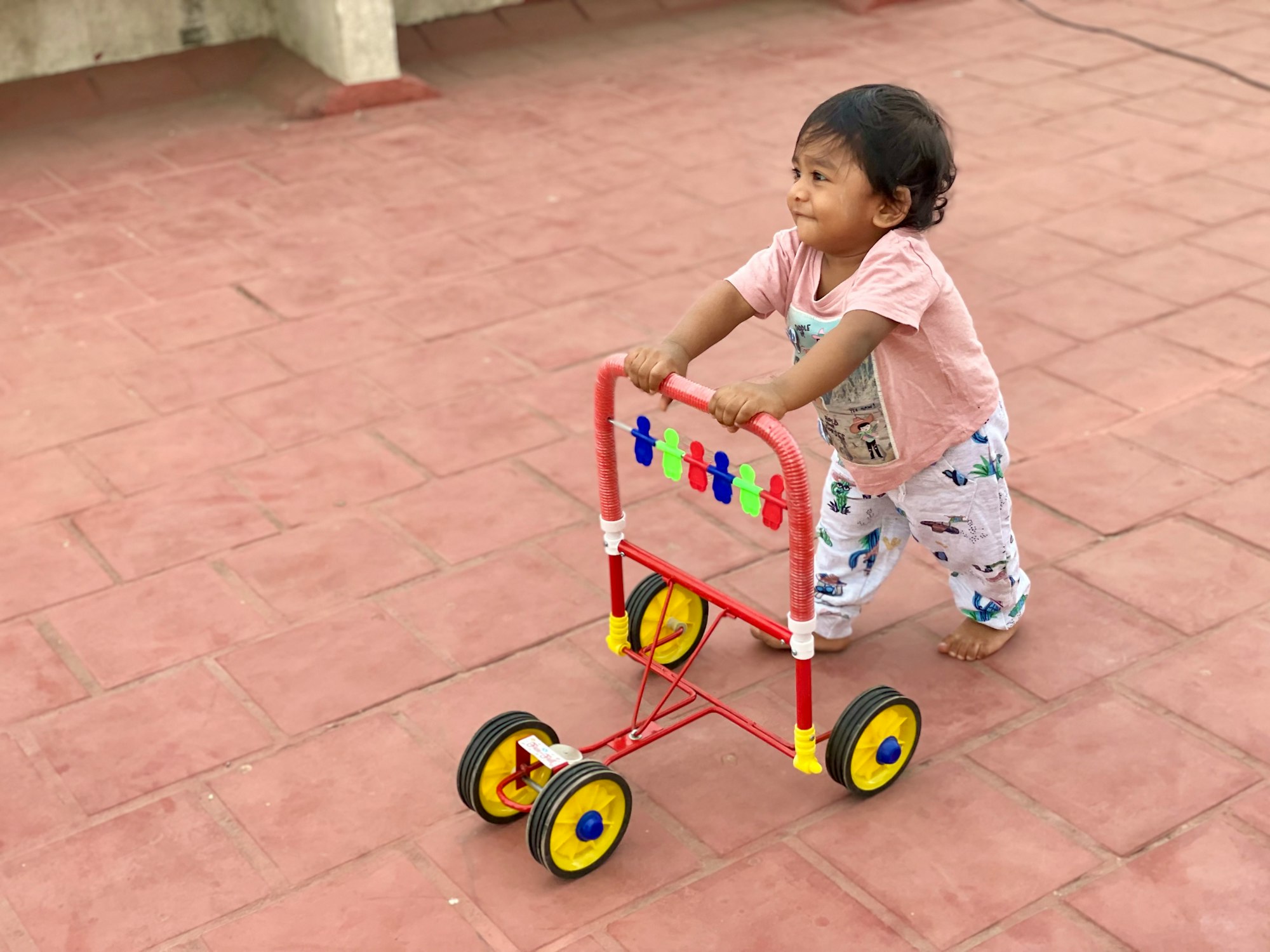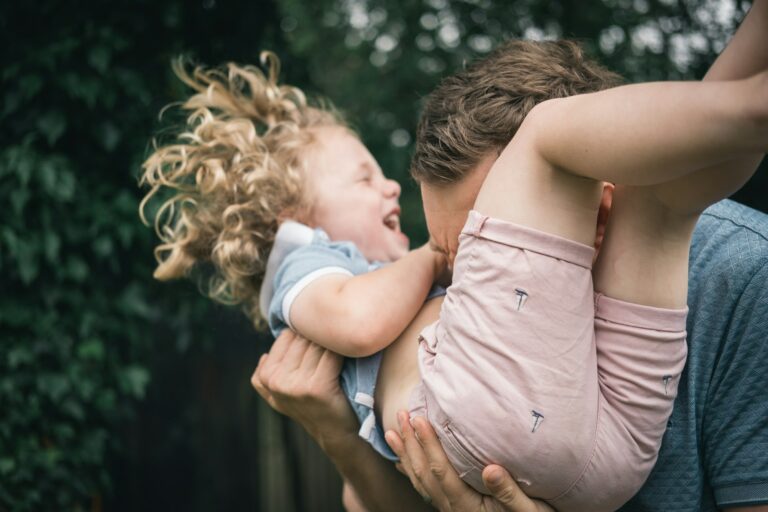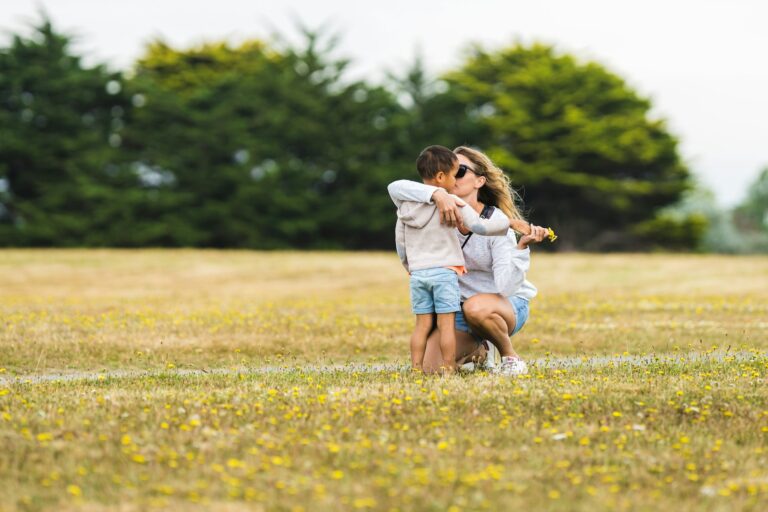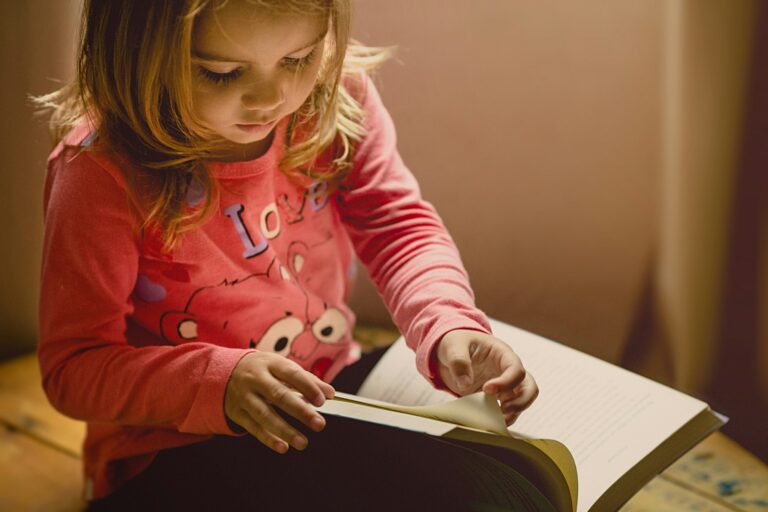Overwhelming at times, yet bursting with excitement—watching your child unlock new ways to move, explore, and interact with the world is an extraordinary journey for every parent. Questions inevitably bubble up: Why does my baby prefer shuffling instead of crawling? Is it “normal” that my toddler trips over his own feet or resists holding a spoon? Underneath these everyday concerns lies a simple truth: child motor development stages are diverse, dynamic, and as individual as your child’s smile. Growth is rarely linear. Some children tumble into milestones headfirst, others take a winding scenic route. Still, understanding the sequence of gross motor skills and fine motor skills, knowing what to encourage, and when to seek advice—these are keys to supporting a thriving, confident child. Let’s sift through reflexes, rolling, crawling, first steps, and those marvelous moments when coordination and creativity finally click.
The Blueprint of Movement: Early Foundations
Reflexes and Early Reactions: Birth to 2 Months
At the very beginning, newborns are propelled by an intriguing array of primitive reflexes—automatic reactions such as the Moro reflex, the palmar grasp, and rooting. These early movements, neurologically hardwired, ensure feeding and protection. Underlying these reflexes is a nervous system fresh from the protective environment of the uterus, adjusting rapidly to a world brimming with sensory input. Movement, for now, is reflexive—fists clenched, limbs flexed, muscles responding to touch and sound. Some parents are surprised by the jerky, sometimes almost startle-like quality of these gestures—entirely expected at this phase.
Navigating Head Control: 2 to 4 Months
Gradually, you’ll notice a transformation: the once-wobbly neck begins to stabilize. With tummy time—a brief yet vital activity—the muscles in the neck and upper back strengthen. Lifting the head, holding it slightly longer with each passing week, marks the shift toward voluntary control. Visual tracking improves as well; the eyes start to follow faces or bright toys. These efforts are the first brushstrokes in the painting of child motor development stages, laying down essential neural pathways for posture and future coordinated action.
Rolling and Reaching: 4 to 6 Months
Suddenly, the once-stationary baby is stretching, grabbing, bringing hands to the mouth, and—sometimes out of sheer serendipity—rolling from back to side, or tummy to back. Eye-hand coordination comes into play, a fundamental building block for exploring the environment. The grasp grows stronger; objects and rattles submit to investigation by both mouth and fingers. Rolling, often accidental before it’s purposeful, is a striking milestone—parents might marvel as their baby gets “stuck” and experiments until the motion becomes fluid.
On the Move: Mobility and Experimentation
Crawling, Sitting, and Dual-Hand Play: 5 to 10 Months
As muscles strengthen and balance improves, your child’s range expands exponentially. Sitting with minimal or no support opens up possibilities; babies move from rolling to purposeful wriggling, pivoting, or even early crawling. The transition is anything but uniform—some babies scoot, some bear-crawl, and a few bypass crawling altogether. The drive to grasp a shiny toy just out of reach is often the first teacher in this intricate choreography. Bilateral coordination emerges, with objects being deliberately passed from one hand to the other, and experiments in stacking or banging toys become frequent.
Standing Tall, Testing Limits: Cruising to Walking (9 to 18 Months)
With sitting conquered, curiosity turns vertical. Pulling up, holding onto the edge of a low table—sometimes toppling, always trying again—your child begins to cruise. The plantar grasp reflex fades as the feet become more stable. The process of learning to walk encompasses countless small victories: releasing with one hand, standing briefly unsupported, finally letting go altogether to take those first tentative steps. Most will begin independent walking somewhere between 11 and 18 months. This period also sparks an explosion in fine motor abilities; stacking cups, turning pages, and attempting to use a spoon take center stage.
Mastering New Skills: Toddler and Preschool Years
Running, Climbing, and Dexterity: 18 Months to 3 Years
Now, movement is a source of pure delight—and, for many parents, new anxieties. Children run, tumble, climb sofas and playground equipment, jump (often with both feet leaving the ground in a clumsy but determined leap). At the same time, hand-eye coordination sharpens—coloring, doodling, peeling stickers, threading large beads, or trying out child-safe scissors. There will be falls, occasionally a tumble from a chair or a misjudged jump, yet each experience is knitted into the tapestry of child motor development stages.
Fine-Tuning Coordination: Ages 3 to 5
The preschool stage is a marvel of refinement. Children can hop, skip, stand on one leg, balance on a low beam, even attempt catching and throwing balls with improving accuracy. Meanwhile, fingertips learn more complex chores—drawing recognizable shapes, manipulating zippers, cutting along lines, and dressing themselves with growing confidence. The motivation for these activities? Imitation, creativity, and—so often—a wish to do “all by myself.” It’s normal for skills to appear in clusters, sometimes plateau, then surge ahead. Each child forges a unique path through the child motor development stages.
The Biological Machinery: Neurological and Environmental Influences
Why do these motor achievements unfurl in such distinctive rhythms? The underlying architecture is a dance between brain maturation and physical growth. Regions such as the motor cortex and cerebellum (responsible for coordination and balance), aided by the rapid myelination (the process by which neural pathways gain speed and insulation), work hand in hand with sensory experiences. Nutrition, too, leaves an indelible mark—adequate protein, omega-3 fatty acids, iron, and zinc are the silent scaffolds ensuring that the nervous system and muscles develop harmoniously. Genetics (the “blueprint” for tone and timing), and the richness or limitation of the environment, complete the equation.
A safe, stimulating space—free of hazards, yet brimming with toys, opportunities to reach, grab, and roam—acts as a catalyst. The scientific principle here is clear: repetition sculpts neural architecture. Every time a baby reaches for a dangling ring or stacks a block, new synaptic connections form and strengthen. The more varied the experiences, the richer the toolkit your child develops for problem-solving, coordination, and creativity.
How Can Parents Foster Motor Development?
Everyday Routines, Extraordinary Gains
You don’t need an arsenal of gadgets or a room brimming with expensive toys. What truly nourishes child motor development stages is a blend of routine activities, patient encouragement, and trust in your child’s capacity for exploration. Consider these practical approaches:
- Tummy time: Several brief sessions daily prevent flat spots on the head and build steady neck and trunk muscles.
- Free, supervised exploration: Allow your baby to roll, pivot, crawl, and toddle in a safe space. Resist the urge to intervene at every wobble—self-correction is part of the process.
- Imitation and gesture-based games: Action rhymes, peekaboo, and clapping games sharpen both coordination and communication.
- Simple toys and household items: Blocks, soft balls, stacking cups, empty boxes, or even kitchen utensils engage curiosity and hands.
- Creative expression: Drawing, sticking, modeling clay, and painting not only hone fine motor skills but also spark joy and creativity.
Autism, Prematurity, and Individual Variations
Some children, such as those born prematurely, may reach milestones at a different pace. Professionals adjust expectations by using corrected age (based on due date). In children with neurodevelopmental conditions like autism spectrum disorder, early differences may appear in how movements are sequenced or how hands are used. The spectrum is vast—some will need more support, others only time and opportunity. Patience is vital, as is attention to steady progress over strict adherence to age charts.
Recognizing Concerns: When Progress Pauses
Deciphering the boundary between natural variation and potential delay is challenging. Parental worry is understandable. Some red flags to watch for:
- Persistent poor head control beyond 4 months.
- No rolling or sitting by 9 months.
- No crawling or shuffling by 12 months.
- Lack of independent walking by 18 months.
- Consistent hand preference before 18 months (may suggest weakness or neurological difference).
- Difficulty grasping, releasing, or manipulating toys after the expected time.
- Regression—loss of previously acquired skills, which warrants prompt medical review.
If in doubt, reach for help: your pediatrician, a developmental pediatric specialist, or, in some settings, a physiotherapist. Early intervention therapies, including physical and occupational therapy, can dramatically improve outcomes—plasticity (the brain’s ability to adapt to experience) is at its peak in young children.
Physical Literacy: Beyond Skills to Confidence and Social Flourishing
What’s ultimately at stake is more than crawling or hopping—it’s physical literacy. This concept fuses the ability to move with both motivation and confidence. Active children, research shows, are likely to maintain a healthy weight, build strong bones, and perform better academically and socially. They’re more likely to join in games, persist in the face of challenge, and feel empowered by their growing independence.
The transition from solo to social play, usually between ages 2 and 4, anchors motor gains and weaves in learning about rules, turn-taking, and empathy. Group activities—dancing, playing catch, riding a tricycle—create bridges between movement, language, and emotional intelligence.
Practical Guidance: Activity Recommendations by Age
Navigating the torrent of advice can be exhausting. Here’s a synthesis of international medical recommendations, calibrated for the child motor development stages:
- Infants (0-12 months): Supervised tummy time throughout the day, safe free movement, gentle holding and support.
- Toddlers (1-3 years): Aim for at least 3 hours of active play spread throughout the day—climbing, jumping, dancing, tossing balls.
- Preschoolers (3-5 years): Continue with at least 3 hours, including bursts of vigorous activity—skipping, running, organized games, creative movement.
- School age (5-7 years): At least 1 hour of moderate to vigorous activity daily, with opportunities for new skill learning—sports, bike riding, swimming.
Screen time? The latest guidelines recommend less than one hour for young children. Instead, substitute walks, park visits, family dance parties, and construction games. Participate when you can—the evidence is robust: children are more likely to be active and develop motor skills if adults join in and offer positive feedback.
Key Takeaways
- Child motor development stages encompass everything from newborn reflexes through crawling, walking, drawing, and climbing—with variability the norm.
- Well-timed encouragement, a diet rich in essentials like protein, iron and vitamins, and unstructured yet safe opportunities to move are the keys for unlocking your child’s potential.
- Regular monitoring, without anxiety over strict timelines, allows for early intervention if genuine delays emerge. Prompt support can make all the difference, especially in the context of rapid brain plasticity.
- Physical, emotional, and social benefits from mastering each child motor development stage ripple forward into every dimension of adult life—from academic achievement to self-esteem.
- Don’t hesitate to connect with knowledgeable professionals if you notice signs of delay or regression—help is available, and progress is always possible.
- Interested in personalized advice and free health questionnaires for your child? Download the Heloa app for expert guidance tailored to every step of the parenting journey.
Childhood is not a race but a rich, unpredictable adventure—each milestone, each movement, is a testament to your child’s resilience and capacity for wonder.
Questions Parents Ask
Can a child skip crawling and still develop normally?
Absolutely—some children might move straight from rolling or shuffling to pulling up and walking, without ever truly crawling. This variation is quite common and, dans la grande majorité des cas, doesn’t impact future coordination or learning. What’s essential is that your child continues to make progress in exploring movement, gaining strength and balance in their own way. If you notice new challenges or a loss in previously acquired abilities, seeking advice from a pediatrician may help clarify next steps.
How can I tell if my child’s motor development is on track?
It’s natural to compare, but every child follows their own rhythm. Observing steady progress, even if milestones happen a bit earlier or later, is usually reassuring. Signs such as improving head control, reaching and grasping, sitting, and then experimenting with standing or walking offer good indicators. Rassurez-vous : variations within several months are often normal. If you’re unsure, or your child seems to lag across several areas at once, reaching out to a healthcare professional can provide clarity and peace of mind.
What activities can I do at home to stimulate my child’s motor skills?
Simple, everyday activities are often the most effective. Laying your baby on a soft mat for tummy time, encouraging rolling and reaching, making space for cruising and first steps, and using household items like blocks, spoons, or balls help boost both gross and fine motor skills. Singing, clapping, and gesture-based games nurture coordination and communication. Above all, try to create a safe environment where your child feels confident to move and explore. Each small effort will support their growth—with playful interaction and lots of encouragement.
Further reading:









